Organic Gardening 101
Are you interested in making your garden organic? Concern about the environment is responsible for the renewed interest in this form of gardening. By using natural minerals and materials, by taking advantage of natural predators, and by recycling garden waste, the home gardener can maintain an organic garden quite successfully.
It is difficult in one article to give even the basics of this type of gardening. Rather than explain all the technical phases or reasons for gardening this way, I will simply give you a few suggestions of things you can do to begin gardening organically.
Composting
Compost supplies the soil with a rich, friable source of humus and helps retain moisture in the garden, in addition to supplying valuable nutrients. By placing grass clippings, fallen leaves and unused plant parts in a compost pile, you are preparing them, through decomposition, to be put back to work for you. Composting actually recycles garden waste and returns the nutrients that have been taken from the soil. By using organic composting agents, it is possible to speed-up the process of decomposition.
Over the years, composting has gotten a reputation for being a time-consuming job, but this is not necessarily the case. You don’t need to build a big box or turn the pile every so often. A barrel, a hole in the ground or a pile on top of the ground is satisfactory. The important requirement is to be sure the waste material is covered with soil, so it doesn’t attract rats, other rodents or flies.
Build the pile in alternate layers of four to six inches of refuse and two inches of soil and manure. Once decomposed, the compost-humus can be mixed with your soil for planting or it may be used as a top-dressing in any part of the garden.
Fertilizer
One of the best sources of organic fertilizer is animal manure. Cow, chicken, rabbit, horse and mink are among the most readily available in many parts of the world. It is best to use them after they have had a chance to rot for a few years. They provide some plant nutrients, favorable bacteria, humus, better aeration and they help retain more moisture when they are mixed with your garden soil.
Manures are available from dairy farms, riding stables, poultry farms and mink ranches. Usually you will have to pick them up from these sources, using your own truck. Sometimes firms that deliver soils or mulches will also stock and deliver one or two types of fresh or well-rotted animal manures. A check of the want-ad section of the newspaper will often reveal additional sources of supply.
If you use fresh manures, they are best applied in the fall, as they are apt to burn or retard plants if they are applied during the spring, growing season. Well-rotted manures can be used in the spring.
You can use either fresh or rotted manure to make a liquid-tea to feed plants. The tea is usually made of one part of manure and ten parts of water. Let it set for several days before you use it.
The process-dried manures are often available at garden shops and can be used for top-dressing or they may be mixed into the planting soil.
Fish meal, blood meal, bone meal, animal manures, cottonseed meal and processed sewage sludge are organic sources for nitrogen fertilizer.
Phosphate rock and bone meal are the two organic fertilizers used to supply phosphorus.
Wood ashes and rock potash are the two main sources of organic potassium.
Your local garden department will generally stock several of the above organic fertilizers.
Cover crops are another excellent organic fertilizer.
Weed Control
The organic gardener will generally control most garden weeds by regular cultivation with a hoe, shovel or rake. Garden mulches of peat moss, bark, sawdust, compost or straw are also used to help control weed growth. Grass clippings and leaves are also used, but I suggest they be composted instead, which helps eliminate any chance of insects or diseases being carried over into the garden. Grass clippings and leaves sometimes become incubators for both insects and diseases.
Black plastic sheeting is frequently used for weed control in the vegetable or flower garden.
Insect Control
Birds, ladybugs and praying mantises are the gardener’s best friends when it comes to insect control.
Birds can be encouraged into the garden by feeding, hanging a birdhouse providing a bird bath or by planting plants that provide berries for them to eat.
Ladybugs are now for sale by the pint, quart or gallon. The average-sized garden can get by on a quart or less, as there will be about 25,000 to 30,000 bugs per quart. The average adult ladybug consumes between 40 and 50 aphids a day.
Praying mantis cases are also available and each one hatches up to 400 young. The cost is rather nominal for a case. A few gardeners have reported that this insect disappears rather rapidly from the garden, so you might want to experiment with just a few to begin with. They will eat any insect they can catch.
Another way to control insects is with botanical sprays. These are sprays derived from plants. Neem is one of the most readily available multipurpose botanical sprays. Of course, follow application directions on the label. The best time to apply is in the evening or in early morning.
Oil sprays and sulfur are also sometimes used for insect and disease control.
-
 Jumbo Catgrass – Wheat, Oats, Barley, and Rye Organic$3.99
Jumbo Catgrass – Wheat, Oats, Barley, and Rye Organic$3.99 -
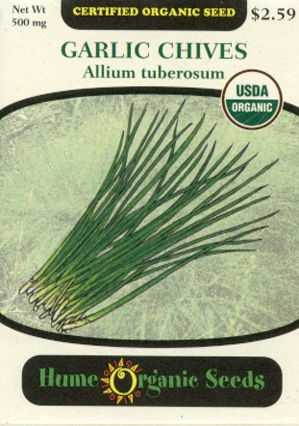 Garlic Chives$2.59
Garlic Chives$2.59 -
 Sunflower – Mammoth Grey Stripe Organic$2.59
Sunflower – Mammoth Grey Stripe Organic$2.59 -
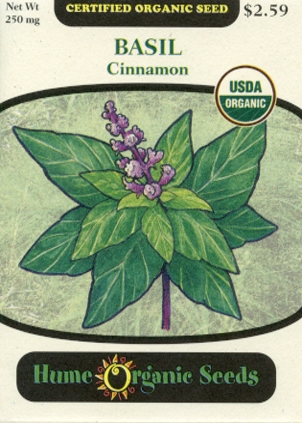 Basil – Cinnamon Organic$2.59
Basil – Cinnamon Organic$2.59 -
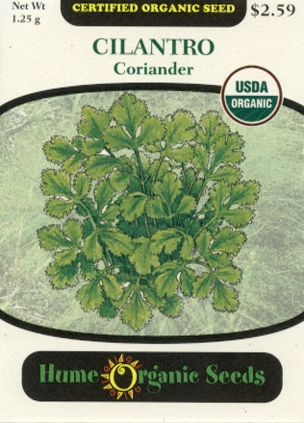 Cilantro – Coriander Organic$2.59
Cilantro – Coriander Organic$2.59 -
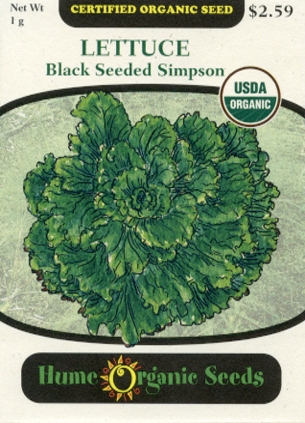 Lettuce – Black Seeded Simpson Organic$2.59
Lettuce – Black Seeded Simpson Organic$2.59 -
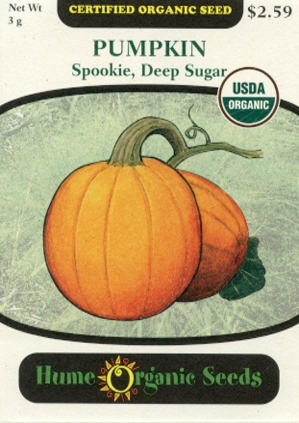 Pumpkin – Spookie, Deep Sugar Organic$2.59
Pumpkin – Spookie, Deep Sugar Organic$2.59 -
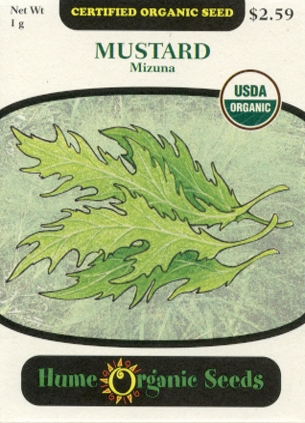 Mustard – Mizuna Organic$2.59
Mustard – Mizuna Organic$2.59 -
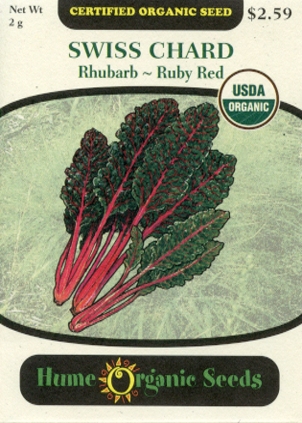 Swiss Chard – Ruby Red Organic$2.59
Swiss Chard – Ruby Red Organic$2.59
